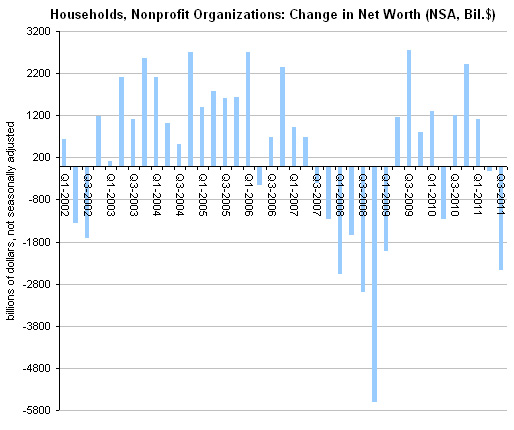Other reports on Thursday showed many top retailers had strong sales in January even as customers were hit with higher taxes, while productivity at businesses slumped in the fourth quarter.
Initial claims for state unemployment benefits dropped by 5,000 to a seasonally adjusted 366,000, the Labor Department said. That was enough to pull down a four-week moving average of new claims, a gauge of the trend in layoffs, by 2,250 to 350,500, its lowest since March 2008.
“The labor market is improving, but certainly not at a robust rate by any means,” said Russell Price, an economist at Ameriprise Financial.
While employers have pulled back on layoffs, they have added jobs only at a lackluster pace. Economists say the tepid recovery of the labor market means the Federal Reserve is likely to keep buying bonds into next year to keep borrowing costs low.
In a sign of the difficulty many people have in finding a job, the number of people still receiving benefits under regular state programs after an initial week of aid increased 8,000, to 3.22 million, in the week ended Jan. 26.
The economy has shown signs of underlying strength despite a surprise contraction in the fourth quarter.
Consumer spending has been looking stronger, and many retailers reported robust sales. Over all, sales at stores open more than a year rose 5 percent in January for 20 retailers, according to Thomson Reuters, pointing to some resilience in spending despite the increase in payroll taxes that hit most Americans last month.
The Commerce Department’s more comprehensive report on January retail sales, due on Feb. 13, is expected to show that sales edged higher from December when adjusted for seasonal swings.
Consumers are borrowing rather readily, a sign of confidence in the recovery. Consumer credit increased by $14.59 billion in December, the Federal Reserve said in a report.
The gains were driven by the biggest increase in nonrevolving credit, which includes student and auto loans, since November 2001.
Separately, the Labor Department said worker productivity outside the farming sector fell in the fourth quarter by the most in nearly two years as output increased only marginally despite steady gains in employment.
Productivity declined at a 2 percent annual rate, the sharpest drop since the first quarter of 2011 and a larger fall than the 1.3 percent forecast by economists in a Reuters poll.
Productivity is expected to rebound in the current period because analysts believe weak output during the fourth quarter was partly a result of temporary factors, like an unusually sharp decline in government spending on the military.
The drop in productivity combined with a big increase in hourly compensation to drive unit labor costs up at a sharp 4.5 percent rate in the fourth quarter.
Hourly compensation, which includes wages as well as employer contributions to social insurance and private benefit plans like health care, rose at a 2.4 percent rate.
Article source: http://www.nytimes.com/2013/02/08/business/economy/drop-in-jobless-claims-hints-at-slow-recovery-in-labor-market.html?partner=rss&emc=rss
